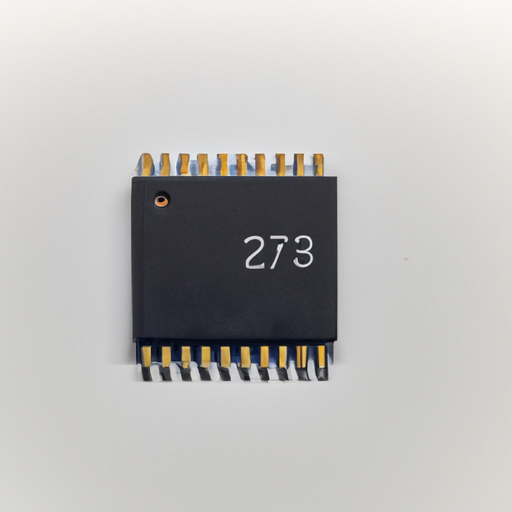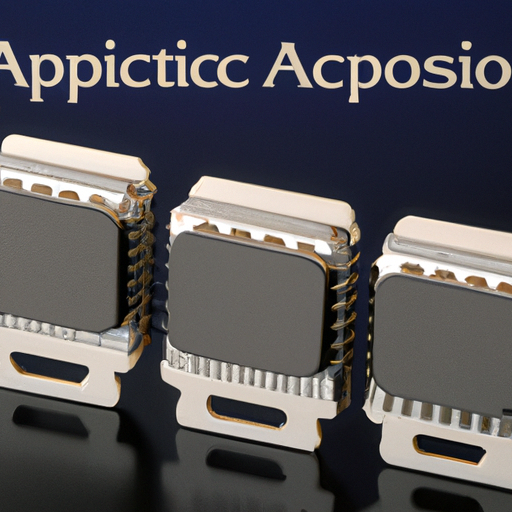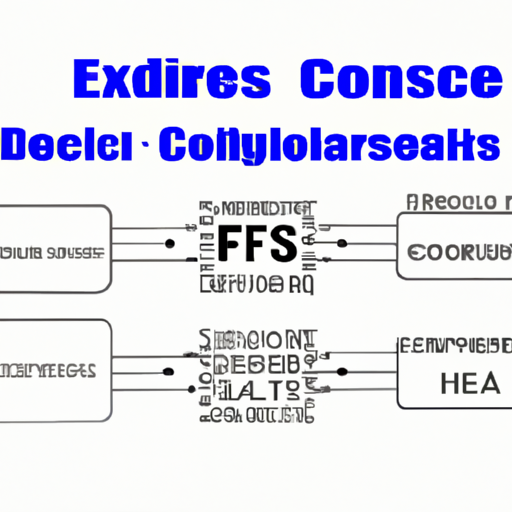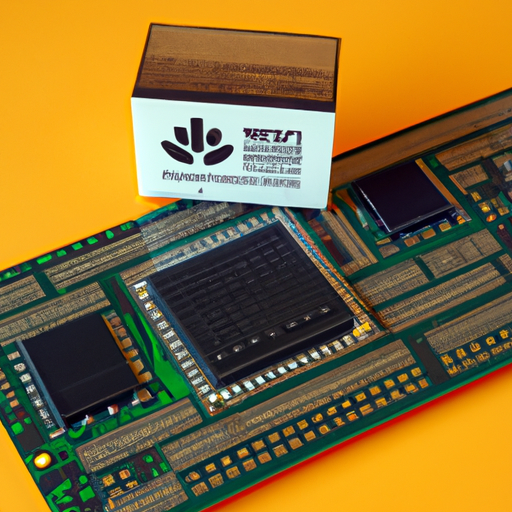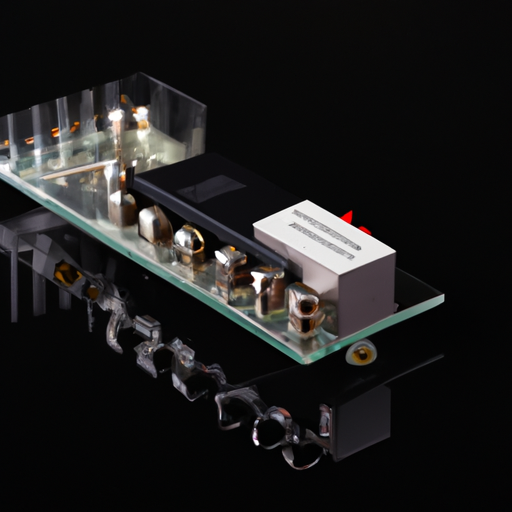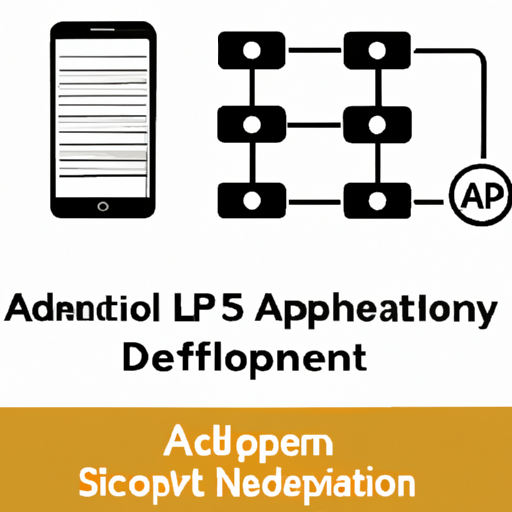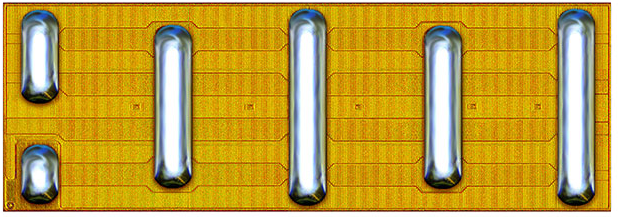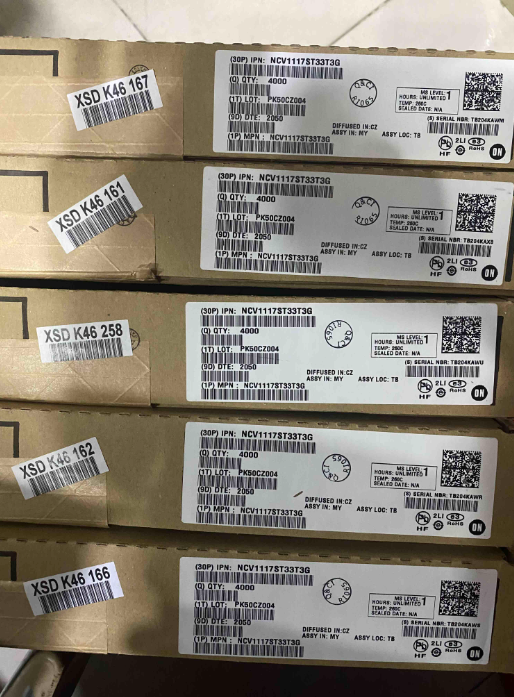1N5245B-T Drivers, Receivers, Transceivers highlighting the core functional technology articles and application development cases of Drivers, Receivers, Transceivers that are effective.
Overview of 1N5245B-T Drivers, Receivers, and Transceivers
The 1N5245B-T is a Zener diode primarily used for voltage regulation and protection in electronic circuits. While it does not function as a driver, receiver, or transceiver in the traditional sense, it plays a crucial role in ensuring the stability and reliability of circuits that utilize these components. Below, we will explore the core functional technologies of drivers, receivers, and transceivers, along with application development cases that highlight their effectiveness.
Core Functional Technologies
1. Drivers Drivers are electronic circuits that provide the necessary current and voltage to control other devices, such as transistors, motors, or LEDs. They are essential in applications where high power or high-speed switching is required.
| Types of Drivers:Types of Drivers: |
| Key Technologies:Key Technologies: |
| Types of Receivers:Types of Receivers: |
| Key Technologies:Key Technologies: |
| Types of Transceivers:Types of Transceivers: |
| Key Technologies:Key Technologies: |
| Transistor Drivers: Used to switch transistors on and off.Transistor Drivers: Used to switch transistors on and off. |
| LED Drivers: Provide constant current to LEDs, ensuring consistent brightness.LED Drivers: Provide constant current to LEDs, ensuring consistent brightness. |
| Motor Drivers: Control the speed and direction of motors, crucial in robotics and automation.Motor Drivers: Control the speed and direction of motors, crucial in robotics and automation. |
| MOSFET Drivers: Utilize MOSFETs for high-speed switching, ideal for applications requiring rapid on/off cycles.MOSFET Drivers: Utilize MOSFETs for high-speed switching, ideal for applications requiring rapid on/off cycles. |
| Bipolar Junction Transistor (BJT) Drivers: Offer high current gain for driving loads, suitable for applications needing robust performance.Bipolar Junction Transistor (BJT) Drivers: Offer high current gain for driving loads, suitable for applications needing robust performance. |
| Analog Receivers: Process analog signals, such as audio or video.Analog Receivers: Process analog signals, such as audio or video. |
| Digital Receivers: Handle digital signals, often using modulation techniques for data transmission.Digital Receivers: Handle digital signals, often using modulation techniques for data transmission. |
| RF Receivers: Used in wireless communication to receive radio frequency signals, essential for devices like radios and remote controls.RF Receivers: Used in wireless communication to receive radio frequency signals, essential for devices like radios and remote controls. |
| Optical Receivers: Convert light signals into electrical signals, commonly used in fiber optics for high-speed data transmission.Optical Receivers: Convert light signals into electrical signals, commonly used in fiber optics for high-speed data transmission. |
| Wireless Transceivers: Used in Bluetooth, Wi-Fi, and cellular communication, enabling mobile connectivity.Wireless Transceivers: Used in Bluetooth, Wi-Fi, and cellular communication, enabling mobile connectivity. |
| Wired Transceivers: Used in Ethernet and other wired communication protocols, facilitating data transfer over physical connections.Wired Transceivers: Used in Ethernet and other wired communication protocols, facilitating data transfer over physical connections. |
| Integrated Circuit (IC) Transceivers: Compact solutions that integrate both transmitting and receiving functions, reducing space and complexity in designs.Integrated Circuit (IC) Transceivers: Compact solutions that integrate both transmitting and receiving functions, reducing space and complexity in designs. |
| Powerline Communication Transceivers: Utilize existing electrical wiring for data transmission, providing a cost-effective solution for networking.Powerline Communication Transceivers: Utilize existing electrical wiring for data transmission, providing a cost-effective solution for networking. |
2. Receivers Receivers are circuits that accept signals from other devices and convert them into a usable form. They are commonly used in communication systems to decode signals.
3. Transceivers Transceivers combine the functions of both transmitters and receivers in a single device, allowing for bidirectional communication.
Application Development Cases
1. Automotive Applications - **Drivers**: In automotive lighting systems, LED drivers ensure consistent brightness and efficiency. The 1N5245B-T can be used to protect the driver circuit from voltage spikes, enhancing reliability. - **Receivers**: Automotive communication systems use CAN bus receivers to decode messages from various sensors and control units, facilitating real-time data exchange. - **Transceivers**: In vehicle-to-vehicle (V2V) communication, transceivers enable real-time data exchange to enhance safety and navigation, allowing vehicles to share information about road conditions and hazards.
2. Industrial Automation - **Drivers**: Motor drivers control the operation of robotic arms and conveyor belts, ensuring precise movement and control in manufacturing processes. - **Receivers**: Sensors in industrial settings often use receivers to gather data on temperature, pressure, and other parameters for monitoring and control, improving operational efficiency. - **Transceivers**: Wireless transceivers facilitate communication between machines and control systems, enabling remote monitoring and automation, which is critical for Industry 4.0 initiatives.
3. Consumer Electronics - **Drivers**: In smartphones, display drivers manage the operation of LCD or OLED screens, providing high-quality visuals and responsiveness. - **Receivers**: Bluetooth receivers in headphones allow for wireless audio streaming from smartphones and other devices, enhancing user experience. - **Transceivers**: Wi-Fi transceivers enable internet connectivity in smart home devices, allowing for seamless communication and control, contributing to the growth of the Internet of Things (IoT).
Conclusion
While the 1N5245B-T Zener diode is not a driver, receiver, or transceiver itself, it plays a vital role in supporting the functionality of these components by providing voltage regulation and protection. Understanding the core technologies and application cases of drivers, receivers, and transceivers is essential for developing effective electronic systems across various industries. By leveraging these components, engineers can create robust, efficient, and reliable solutions tailored to specific application needs, ultimately enhancing performance and user satisfaction in electronic devices.

